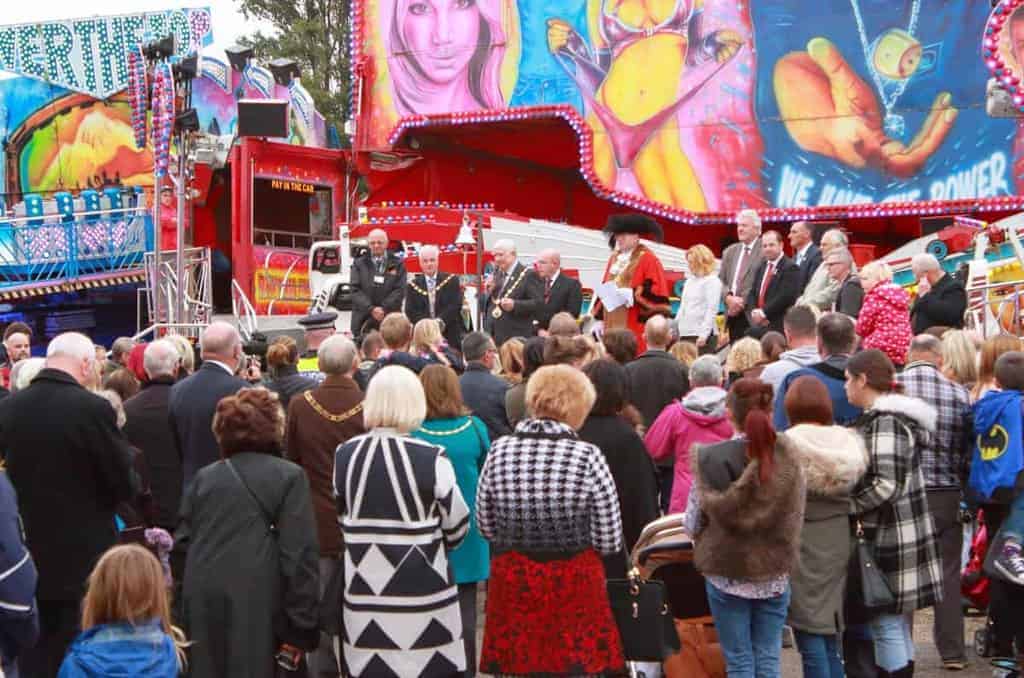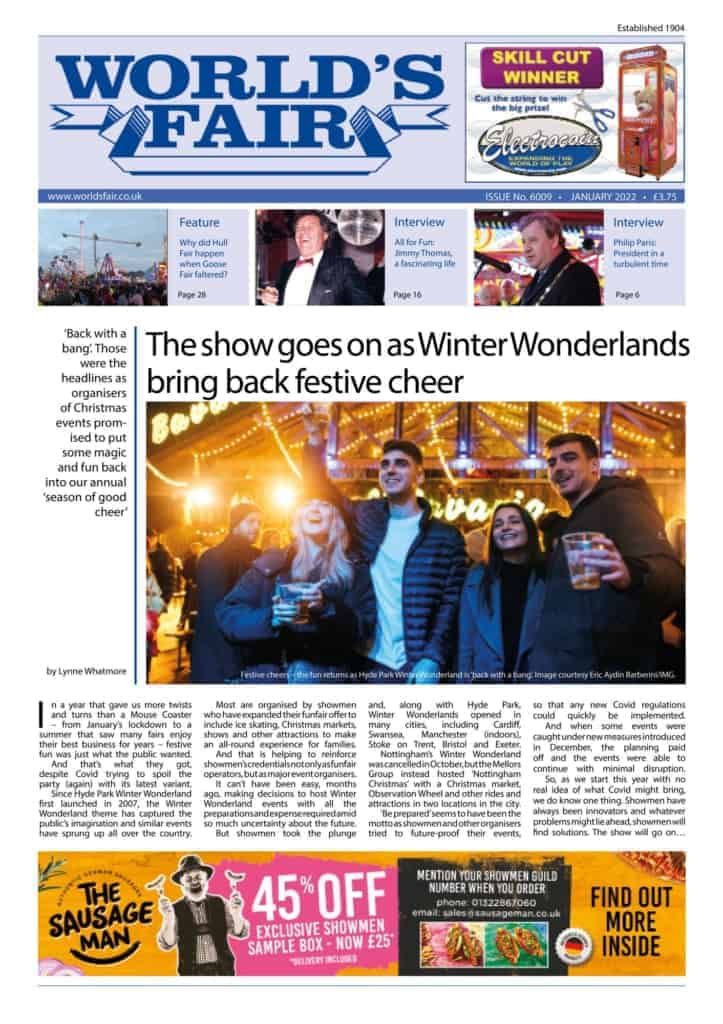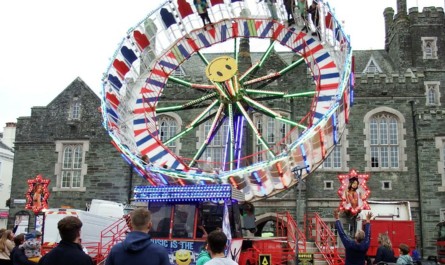The European Showmen’s Union (ESU) is to submit an application to UNESCO to include European fairground culture on its intangible cultural heritage list.
More than 500 forms of intangible cultural heritage are on this list, including the Cuban rumba, violin making in Cremona, Italy and yoga from India.
The recognition of the European fairground culture as an intangible cultural heritage is one of the primary aims of the European Showmen’s Union.
The executive committee and the national associations have been working together for years at ESU congresses, in working groups and seminars on the implementation, which is so important for the future of fairgrounds and Christmas markets.
For the ESU it is crucial that the fairgrounds convey identity and continuity. They are passed on from generation to generation and are constantly being redesigned.
Fairgrounds are an integral part of the broad culture. The number of visitors proves that the fairground culture is firmly rooted and that it is economically important. But they also indicate that fairgrounds know no threshold or fear of contact, no formal, social or economic barriers to entry.
This is what makes up their socio-cultural dimension: Fairgrounds make an offer that is directed at all citizens. They create the possibility of participation in social-cultural life, and this throughout the country, in the cities and in the countryside.
In France, Belgium, Finland and Sweden, fairground culture has already been included in the national country lists. The ESU is also striving for international recognition of fairground culture as Intangible Cultural Heritage.
Showmen’s representatives from France and Belgium have joined forces for a necessary multinational UNESCO nomination. The nomination is to be submitted to UNESCO in March 2021.
The last meeting of the working group took place in a video conference on 18 January. Afterwards Secretary-General Steve Severeyns spoke of a successful course of talks. The main topic had been the preparation of the production of a video
documenting the fairground culture in Europe.
Background: Intangible Cultural Heritage
Intangible cultural heritage includes living traditions from the fields of dance, theatre, music, oral traditions, natural knowledge and craft techniques. More than 175 states have acceded to the UNESCO Convention for the Safeguarding of the Intangible Cultural Heritage.
The Intergovernmental Committee on Intangible Cultural Heritage is composed of 24 elected States Parties to the Convention on Intangible Cultural Heritage. It decides annually on the inclusion of new cultural forms in the Intangible Cultural Heritage Lists.
To date more than 390 forms of intangible cultural heritage have been inscribed on the UNESCO Representative List, more than 50 elements on the List of Intangible Cultural Heritage in Need of Urgent Safeguarding and more than 15 model programmes for the conservation of intangible cultural heritage.
Criteria for inscription include demonstrable vitality and an identity-building component for the sponsoring community of the cultural form, the development of conservation measures, extensive participation by the sponsoring community and inscription on a National List of Intangible Cultural Heritage. With inscription, the States Parties undertake to promote the intangible cultural heritage on their respective territories.
Source: German Commission for UNESCO





